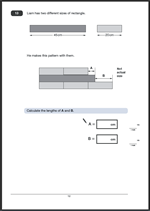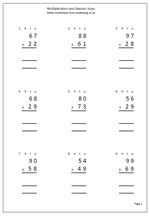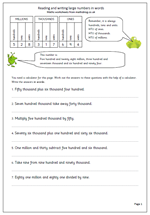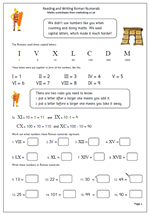 Reading and writing in Roman numerals is quite tricky and if you are thinking of doing addition and subtraction with them it is much easier to convert them, do the sum and then rewrite the answer in Roman letters.
Reading and writing in Roman numerals is quite tricky and if you are thinking of doing addition and subtraction with them it is much easier to convert them, do the sum and then rewrite the answer in Roman letters.
The Roman system is based round 7 letters:
I = 1
V = 5
X = 10
L = 50
C = 100
D = 500
M = 1000
Interestingly there is no zero!
Numbers can be written by writing these letters, and then adding them up. So:
XVI is 10 + 5 + 1 = 16.
There are a few rules to follow:
1. It is possible to repeat a letter many times (xxxx = 40) but a general rule is that a letter can only be repeated three times.
2. If a letter is placed after a letter of greater value then add. eg VI = 5 + 1 = 105
3. If a letter is placed before another letter of greater value subtract that amount. eg IV = 5 – 1 = 4
Roman numerals are still used in certain circumstances. You may see them on a clock face, in an index or, probably most often used for the date at the end of a film or TV programme. These two pages of worksheets explore some of the easier aspects of reading and converting Roman numerals.
These worksheets can be found in the Year 6 Understanding Number category.
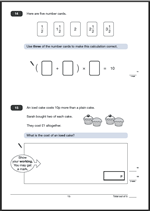
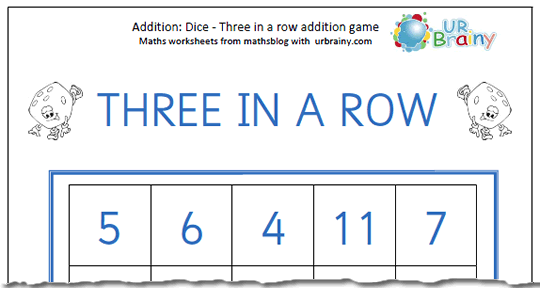
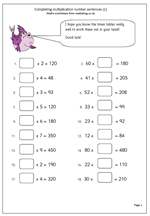
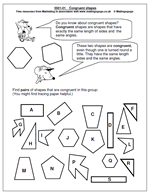
 On this worksheet the aim is to find pairs of shapes which are congruent, and as always, the answers are provided! I do recommend the tracing option!
On this worksheet the aim is to find pairs of shapes which are congruent, and as always, the answers are provided! I do recommend the tracing option!